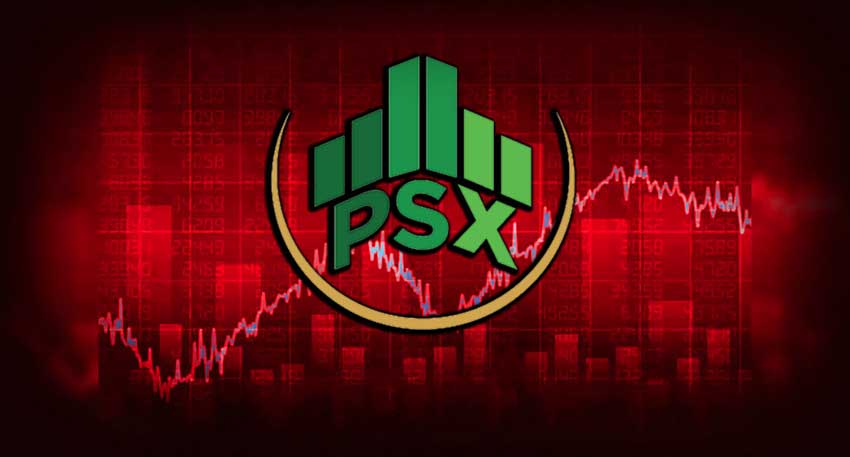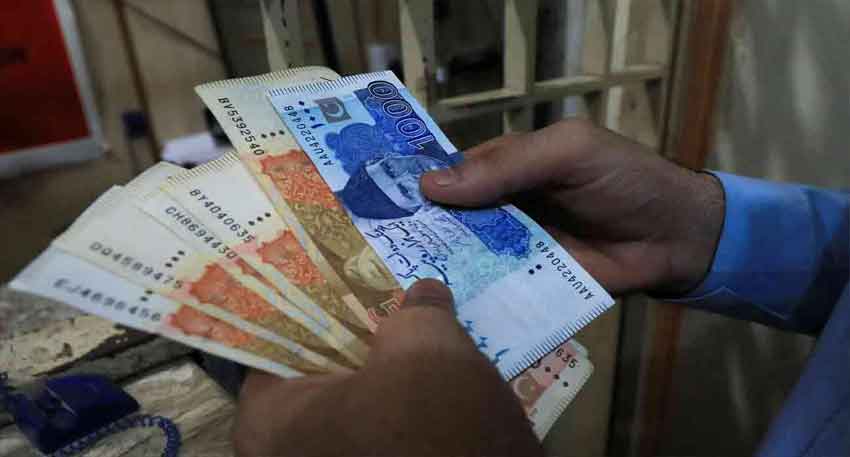
A wave of uncertainty swept through the Pakistan Stock Exchange (PSX) on Monday as the benchmark 100-Index plunged by 881.55 points. This 0.74 percent decline brought the index down to 118,221.12 from the previous close of 119,102.67.
Despite the sharp fall, trading activity surged. A total of 635,535,311 shares were traded — nearly double from the previous session’s 338,003,666 shares. The total trading value also slightly rose to Rs18,576 billion, up from Rs18,511 billion.
Also read: Gold prices crash in Pakistan - What’s behind sudden Rs2,600 drop?
Out of 467 listed companies, 188 managed to record gains, 235 ended in losses, while 44 remained unchanged — reflecting mixed investor sentiment with a bearish tilt.
K-Electric Limited led trading volumes with 246,932,360 shares at Rs5.72 per share. It was followed by WorldCall Telecom with 36,720,714 shares at Rs1.27 and Telecard Limited with 30,010,235 shares at Rs8.22.
On the gainers’ board, PIA Holding Company LimitedB stunned the market with a record Rs2,006.32 increase, closing at a massive Rs22,069.53 per share. Khyber Textile Mills Limited followed with a gain of Rs190.61, finishing at Rs2,096.70.
However, some companies faced brutal sell-offs. Rafhan Maize Products saw the biggest drop of Rs72.36, closing at Rs10,755.23, while Sazgar Engineering Works declined by Rs36.29 to settle at Rs1,216.17.
Monday’s market crash isn’t just numbers — it reveals the underlying anxiety in Pakistan’s economic outlook. While high trading volume suggests active participation, the steep fall in index points reflects cautious, even fearful, investor behavior. Major individual share movements show how volatility is creating both big winners and sharp losers. As the political and economic climate remains tense, PSX may continue to see unpredictable swings, demanding sharper strategies from both retail and institutional investors.


